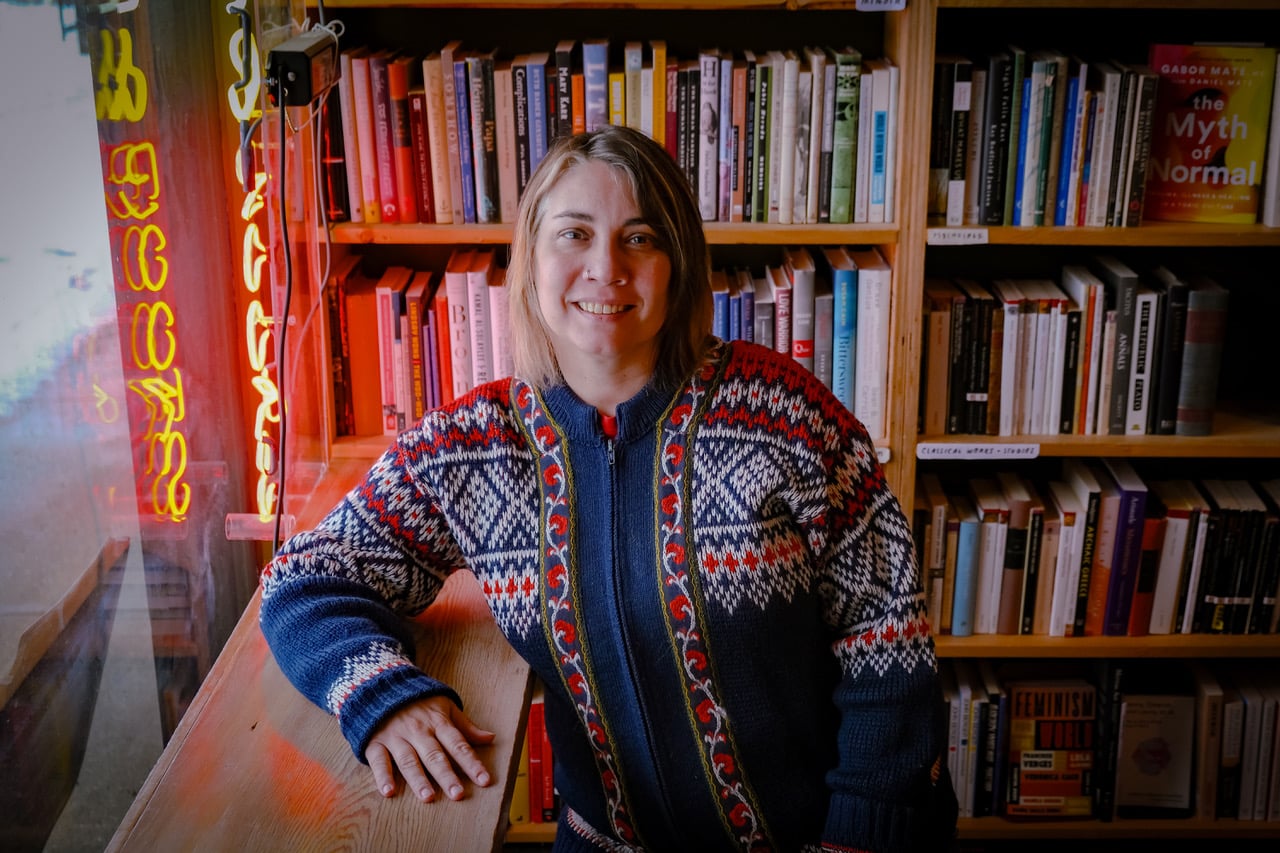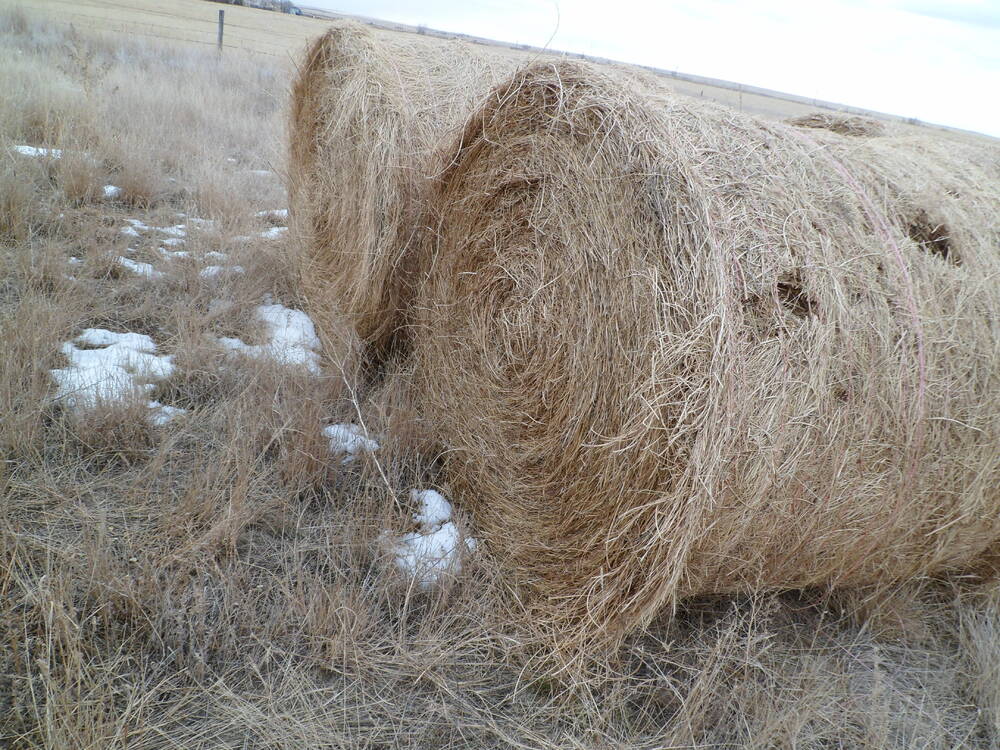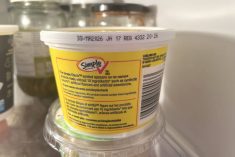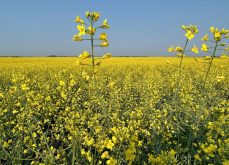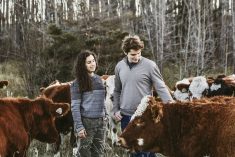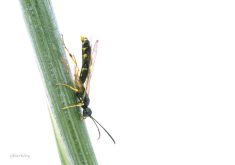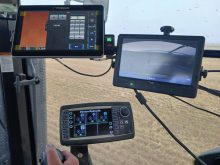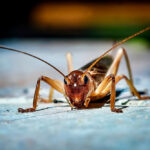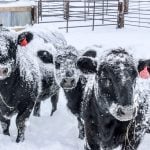Alberta has maintained its rat-free status for 70 years and the province wants to keep that streak alive.
The Alberta Invasive Species Council has launched a new campaign, “Rat on rats”, that encourages Albertans to report rats if they see them.
Megan Evans, executive director of the council, said during a webinar that rats can be destructive and damaging. The council worked with provincial rat and pest specialist Karen Wickerson and her colleague, Garrett Girletz, to develop the latest initiative using a Sustainable Canadian Agriculture Partnership grant.
Read Also
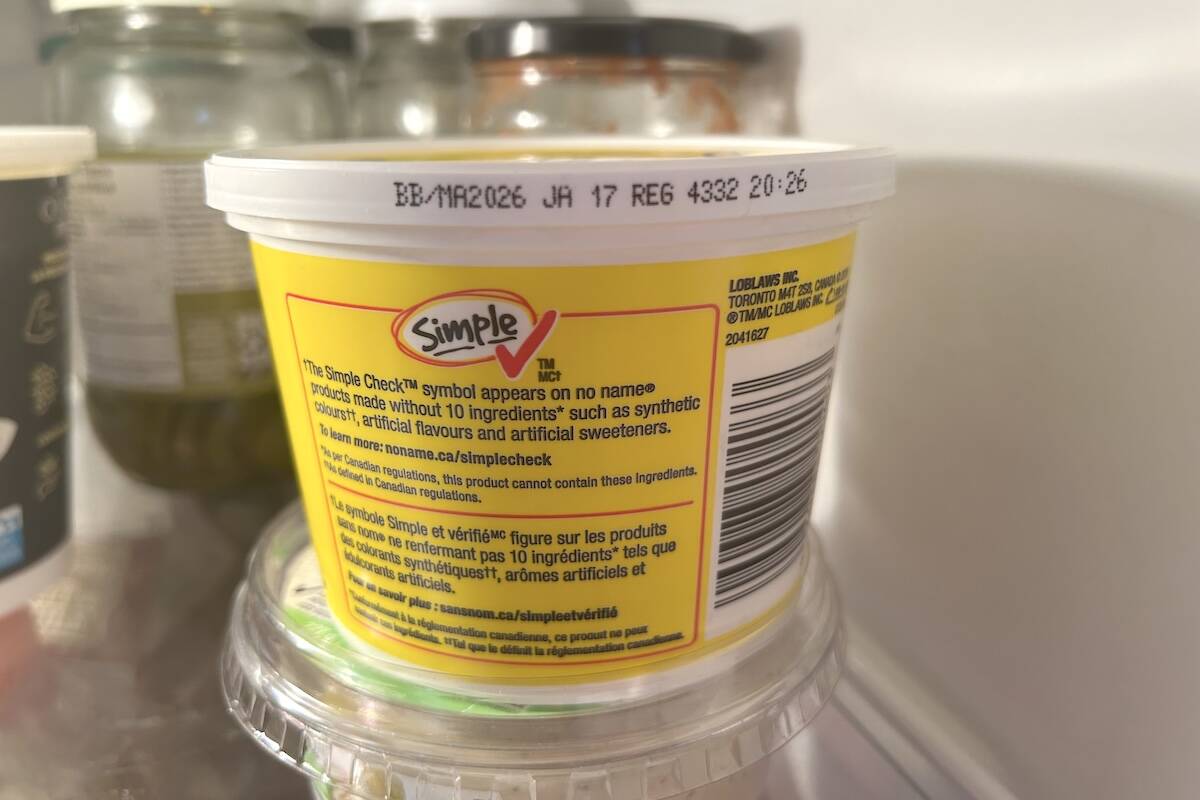
Best before doesn’t mean bad after
Best before dates are not expiry dates, and the confusion often leads to plenty of food waste.
Wickerson said many reports about rats come from the public, although agricultural fieldmen and bylaw officers also contribute. She said Albertans are proud of their rat-free status and many are quick to report sightings.
However, newcomers to the province may not know that Alberta seeks to remain rat free.
“I think the timing is perfect to launch this campaign. We’re going to reach a wider audience across Alberta than we have in the past,” said Wickerson.
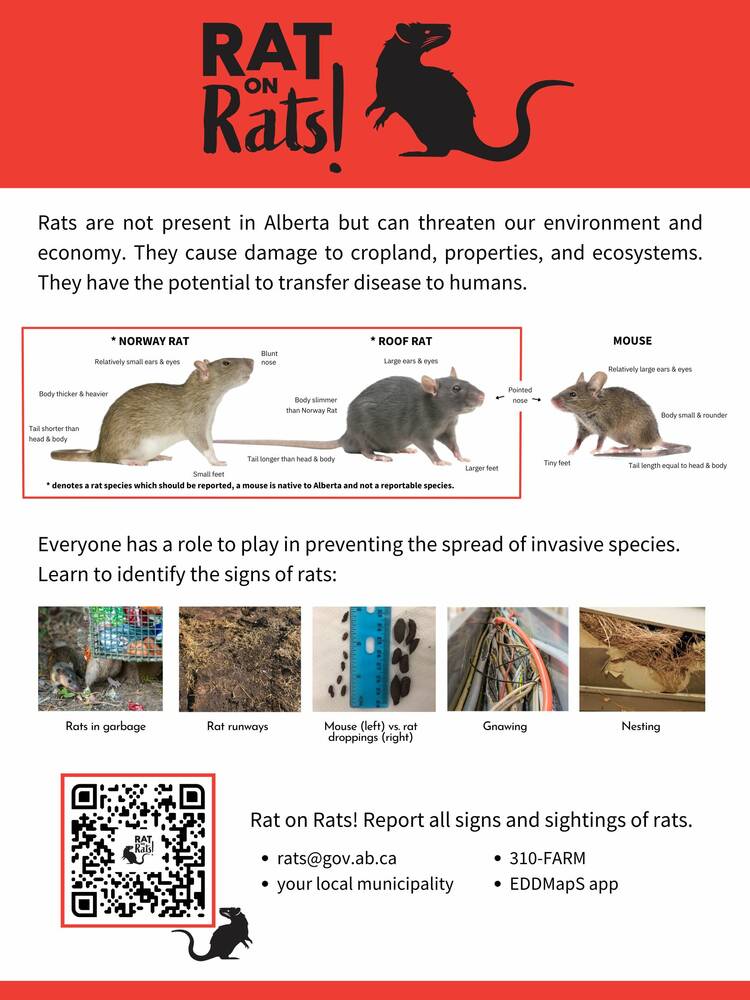
Ted Stenson, a Calgary writer and documentary filmmaker, made a documentary called “Living Without Menace”, which details the history of Alberta’s rat control program. It was released in 2022 and can be seen on CBC Gem.
Stenson says the province has a unique history and perspective of the rat population because of its geographic location. Two species are of concern: the Norway rat and the roof rat. Of those, the Norway rat is the most significant risk.
Despite its name, it originated in Asia and is thought to have migrated along trade routes into Europe. It was brought to the Americas through colonization, and arrived on the east cost of Canada in the late 1700s.
“It took rats an incredibly long time to migrate across Canada overland. So, it wasn’t until 1929 that rats reached the eastern border of Saskatchewan, and then it took another 21 years until rats reached the Alberta border,” Stenson said.
“There had been reports of rats earlier than this, probably arriving on train or car or travelling with people as they settled across the continent, but they weren’t able to actually entrench themselves over land until 1950. Alberta is the last inhabited part of the world that rats migrated to.”
Other jurisdictions have grappled with the problem and Alberta has learned from that. On July 22, 1950, The Calgary Herald reported discovery of a rat colony in Alsask, a small town several kilometres east of the Alberta/Saskatchewan border.
This discovery kick-started Alberta’s rat-free program. Rats were declared official pests by the provincial government on Aug. 25, 1950.
“Once rats were declared pests, it meant Albertans had a legal obligation to remove them from their premises. It really gave the government a lot more power to keep rats out and put pressure on civilians to do their part,” Stenson said.
Because most Albertans had never seen a rat, public education and outreach was a huge part of the program. Stuffed rats allowed people to see what they looked like. Early exterminators dealt with about 600 infestations a year in the 1950s. By the 1980s, they were dealing with one or two a year.
Wickerson said new messaging material includes billboards, presentations and spreading the word about rats. Efforts to remain rat free are aided by Alberta’s climate and geography, which are not conducive to winter survival, and rats cannot travel over mountains, she said.
The biggest threat has been overland migration of rats from Saskatchewan. The Alberta government responded to this threat by creating a rat control zone along its eastern border. It runs from Cold Lake to the Montana border and from the Saskatchewan border about 30 kilometres into Alberta.
Six counties are responsible for conducting two inspections along the border every year. Many rats hitchhike on vehicles and holiday trailers.
The Norway rat is brown with a longer body and shorter tail. It has small ears close to its body. The roof rat is dark grey to black and has a tail longer than its body and larger ears. Roof rats are commonly found in seaports.
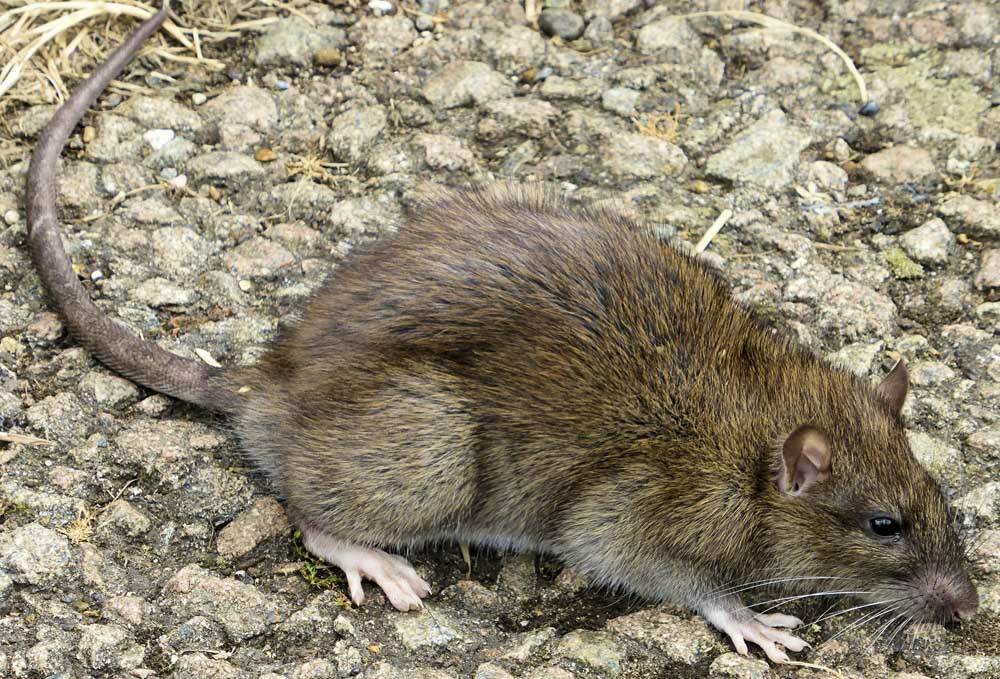
In Alberta, two or more rats are considered to be an infestation. Because many Albertans have never seen a rat, they commonly mis-identify muskrats, mice, bushy tailed wood rats, voles, pocket gophers and tree squirrels.
Lisa Sulz, agricultural supervisor at Cypress Country, described some of the signs of Norway rat infestation. Rats will survive on spilled grain and live in silage pits, landfills and bales. They need shelter to survive winter.
Other potential habitats include houses, granaries and abandoned buildings. Rats have a continuous need to chew to wear down their teeth, and they can chew through anything wooden.
When rats are moving, they leave well-beaten trails one to two inches wide from the nest to a food or water source. Burrows are holes going into the ground or bales with entrances clean of debris.
Rat sightings can be reported at 310-FARM or by emailing [email protected].

